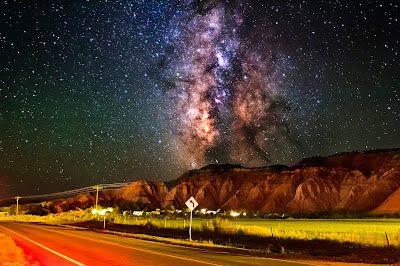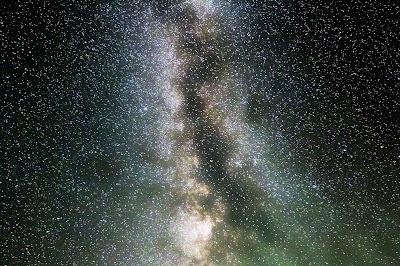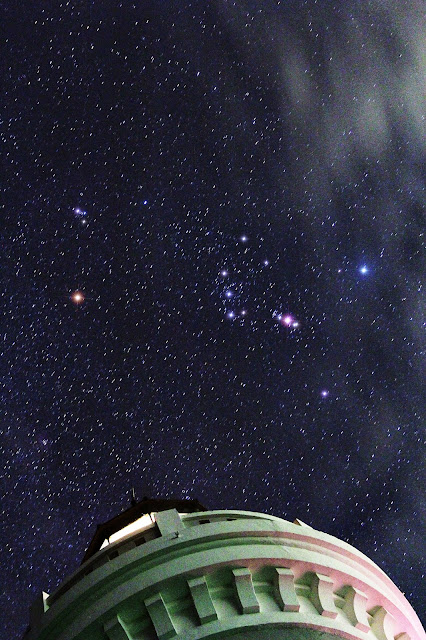The sky calls to us.
If we do not destroy ourselves,
we will one day venture to the stars.
--Carl Sagan
Utah is one of the best places for landscape Astrophotography in USA and maybe one of top 10 in the word. It has true and excellent amazing dark sky.
 |
| Utah Astrophotography - Milky Way and Airglow over Road |
Canon 60Da, EF16-35mm f/2.8L II USM, 30.0 sec; f/2.8; ISO 6400
 |
| Eruption of Milky Way Utah Landscape Astrophotography |
 |
| Airglow and Milky Way Utah Landscape Astrophotography |
Canon 60Da, EF16-35mm f/2.8L II USM, 23sec; f/3.5; ISO 6400
 |
| Night Parking Utah Landscape Astrophotography |
Canon 60Da, EF16-35mm f/2.8L II USM, 15sec; f/3.5; ISO 6400
 |
| Natural Color of Night Sky - Airglow and Big Dipper Utah Astrophotography |
Canon 60Da, EF16-35mm f/2.8L II USM, 21sec; f/3.5; ISO 6400
 |
Night sky observation with the Astronomy Rangers at Bryce
Canyon National Park
|
 |
| Martian landscape from Bryce Canyon |
Canon 60Da, EF16-35mm f/2.8L II USM, 30sec; f/3.5; ISO 6400
 |
| Milky Road |
Canon 60Da, EF16-35mm f/2.8L II USM, 30sec; f/3.5; ISO 6400
 |
| Utah Backyard Astrophotography |




























